The R410-A Phaseout and Its Impact on New Air Conditioning Installation
As environmental concerns continue to take center stage globally, industries are being urged to innovate and adapt to eco-friendly practices. One notable change in the HVAC industry is the phaseout of R410-A, a common refrigerant, earlier this year. This transition, while necessary for environmental sustainability, is poised to introduce a series of challenges and considerations for consumers, HVAC professionals, and manufacturers alike.
Why the Industry Is Moving Away from R410-A
The phaseout of R410-A is primarily driven by its global warming potential (GWP), which significantly contributes to the greenhouse effect. To address this, according to the US Air Conditioner Distributors, the industry is shifting towards refrigerants with a lower GWP, such as R-32 and R-454B. However, this change is not just about swapping out old refrigerants for new; it involves comprehensive modifications to the design, manufacturing, and installation of HVAC systems to ensure compatibility with the new refrigerants.
How the Transition Is Affecting HVAC System Costs
One of the immediate impacts of this switch is the increased cost of new HVAC systems. According to Jobber.com, starting January 1, 2025, the transition from R410-A to alternatives like R-32 and R-454B is expected to drive up HVAC system prices by 10–15%. This price increase is largely attributed to the technological advancements required to accommodate the new refrigerants, alongside the training and certification needed for HVAC professionals to safely handle and install these systems. Consumers may also see this affect any newer air conditioning installations.
What Logistical and Operational Challenges Occur During the Phaseout
In addition to cost implications, the phaseout presents logistical challenges in terms of the availability and distribution of the new refrigerants and compatible systems. Manufacturers will need to ramp up production and distribution channels to meet the demand, while HVAC technicians must familiarize themselves with handling and installing these new systems. This learning curve can impact project timelines and, consequently, the turnaround time for air conditioning installations.
Ultimately, while the phaseout of R410-A is a crucial step toward reducing the HVAC industry's environmental footprint, it brings an array of considerations for everyone involved. Consumers should prepare for potential price increases and discuss with HVAC professionals the best solutions for their needs. As the deadline approaches, ongoing developments and innovations will hopefully mitigate some of these challenges, ensuring a smoother transition to a more sustainable cooling future. Contact Comfort Zone Air Conditioning & Heating LLC today for all your air conditioning installation needs.



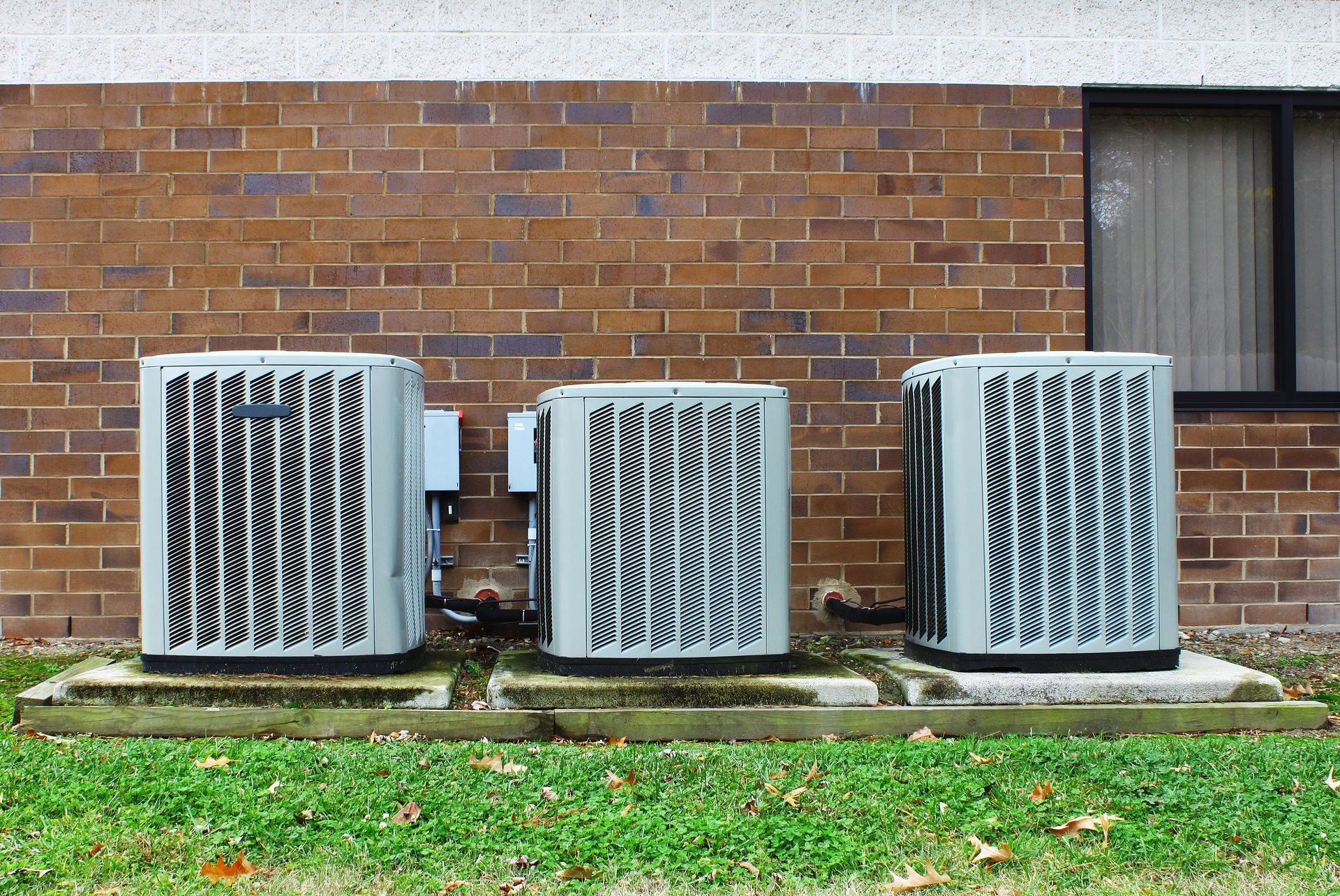

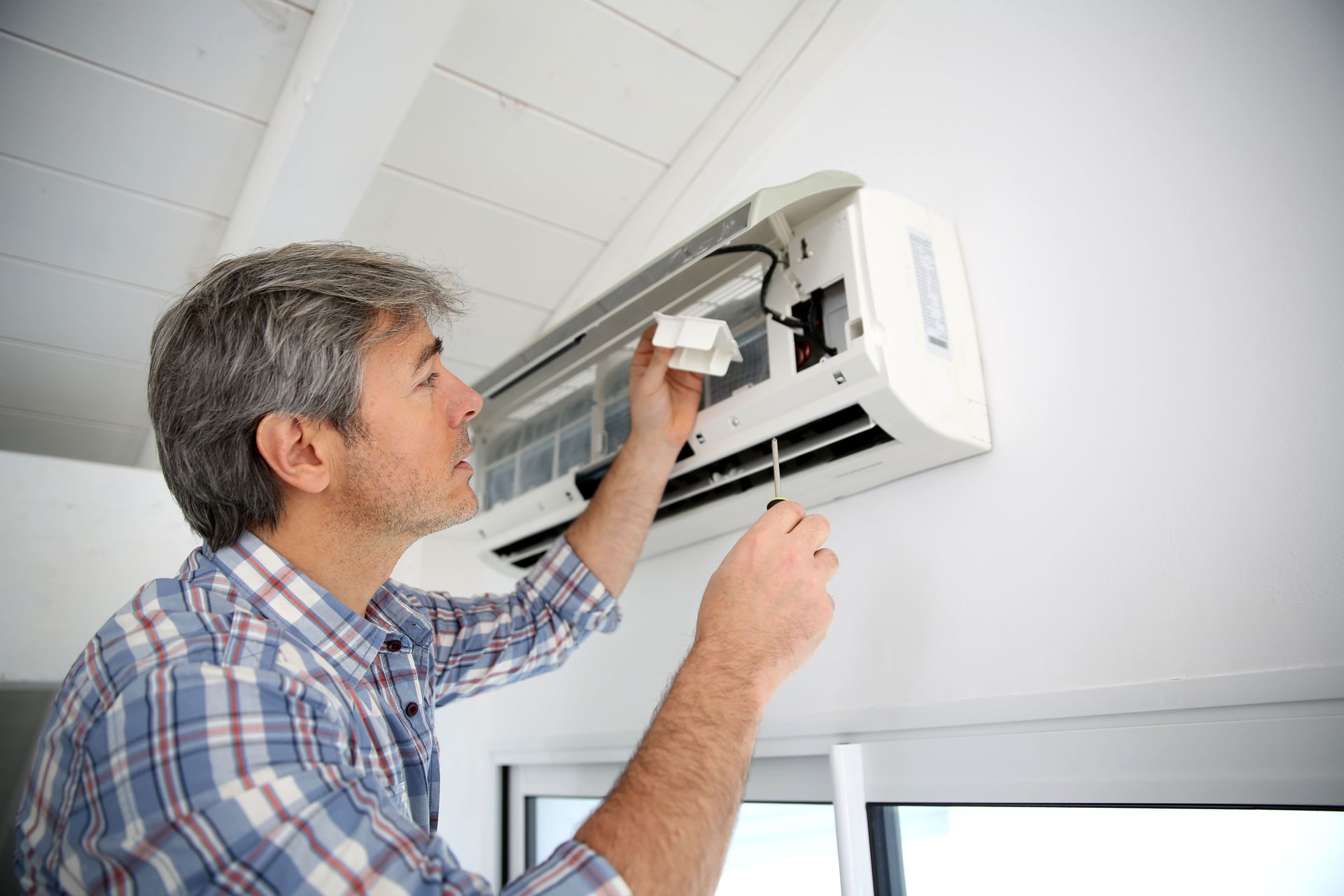
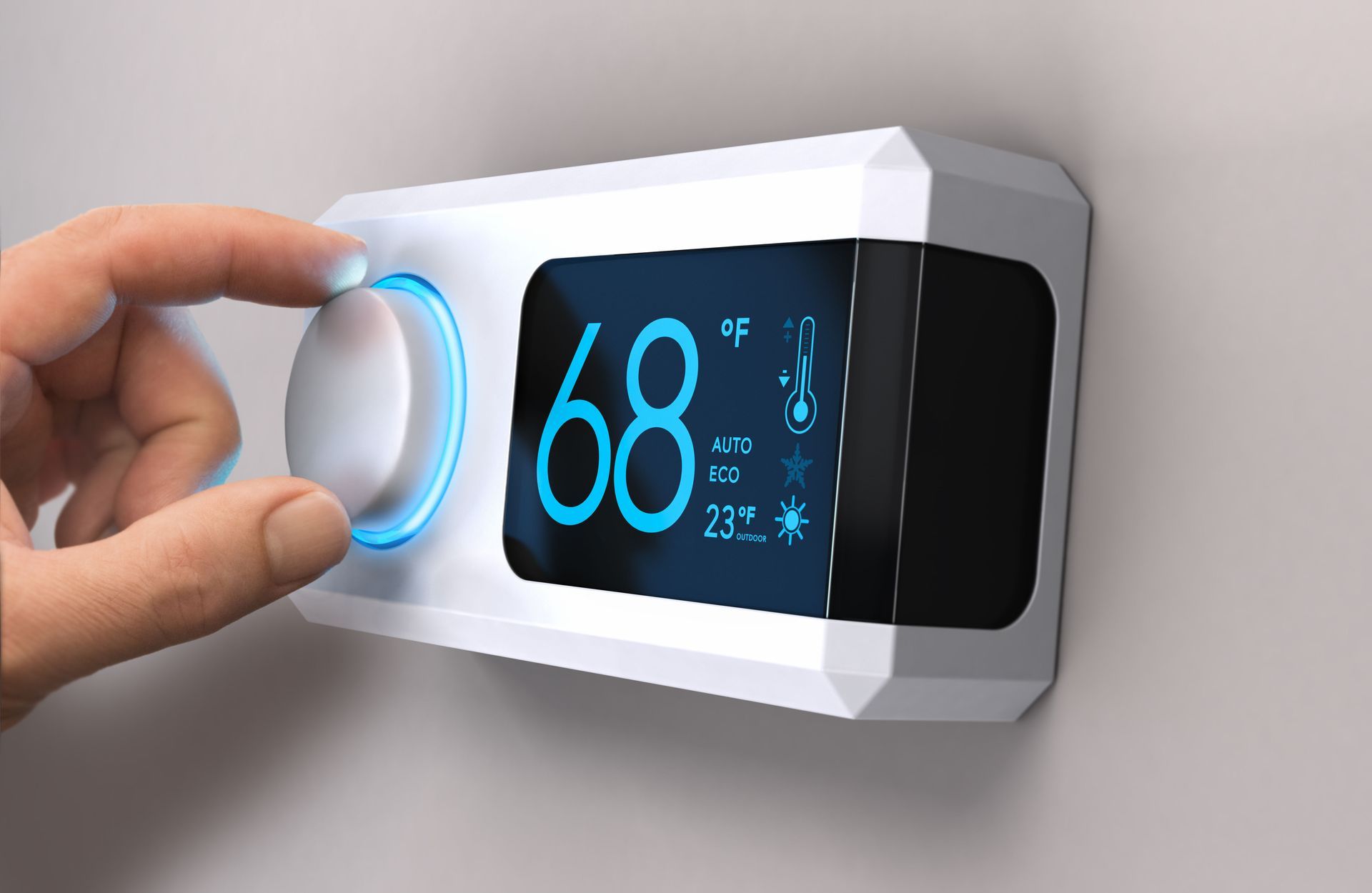
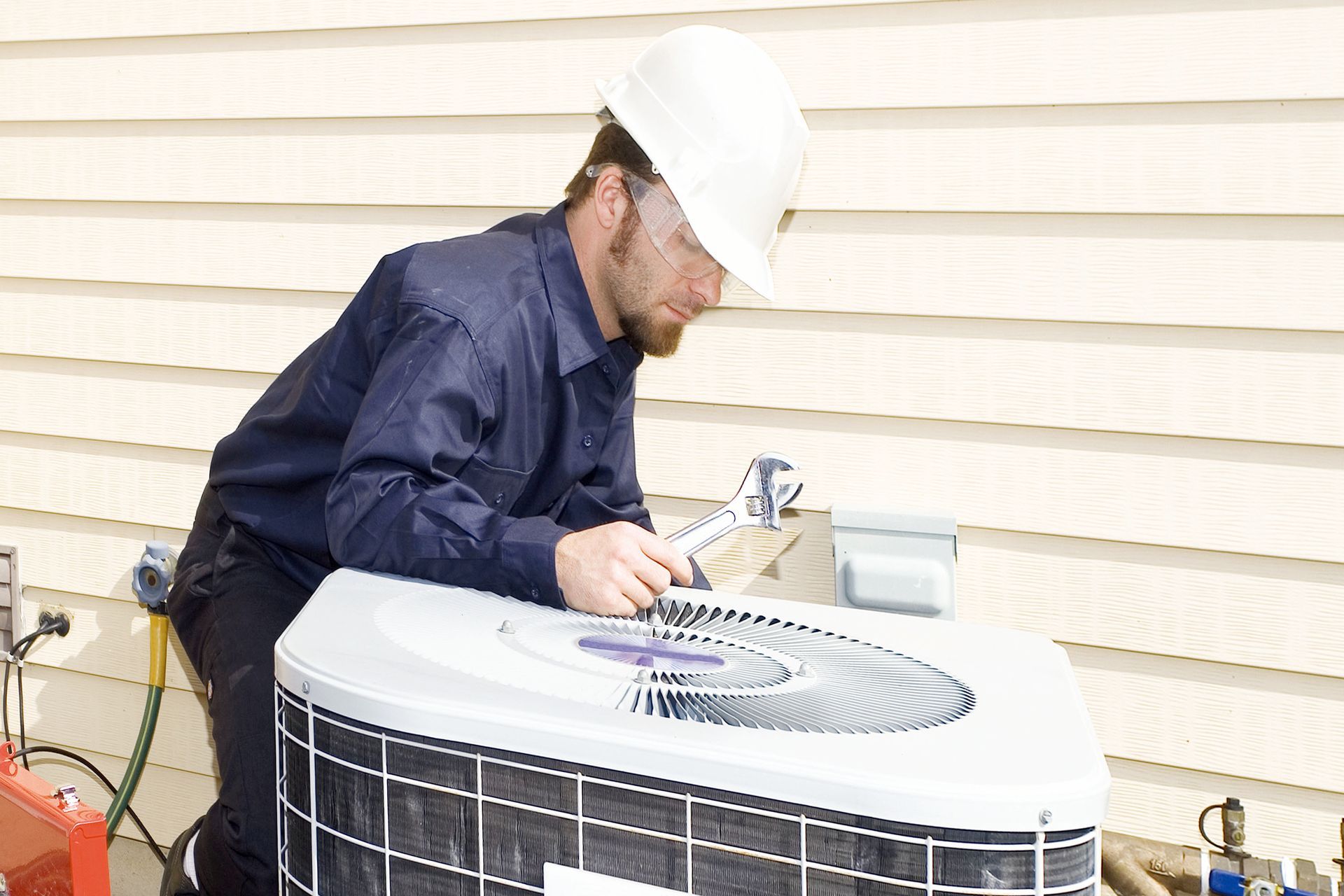

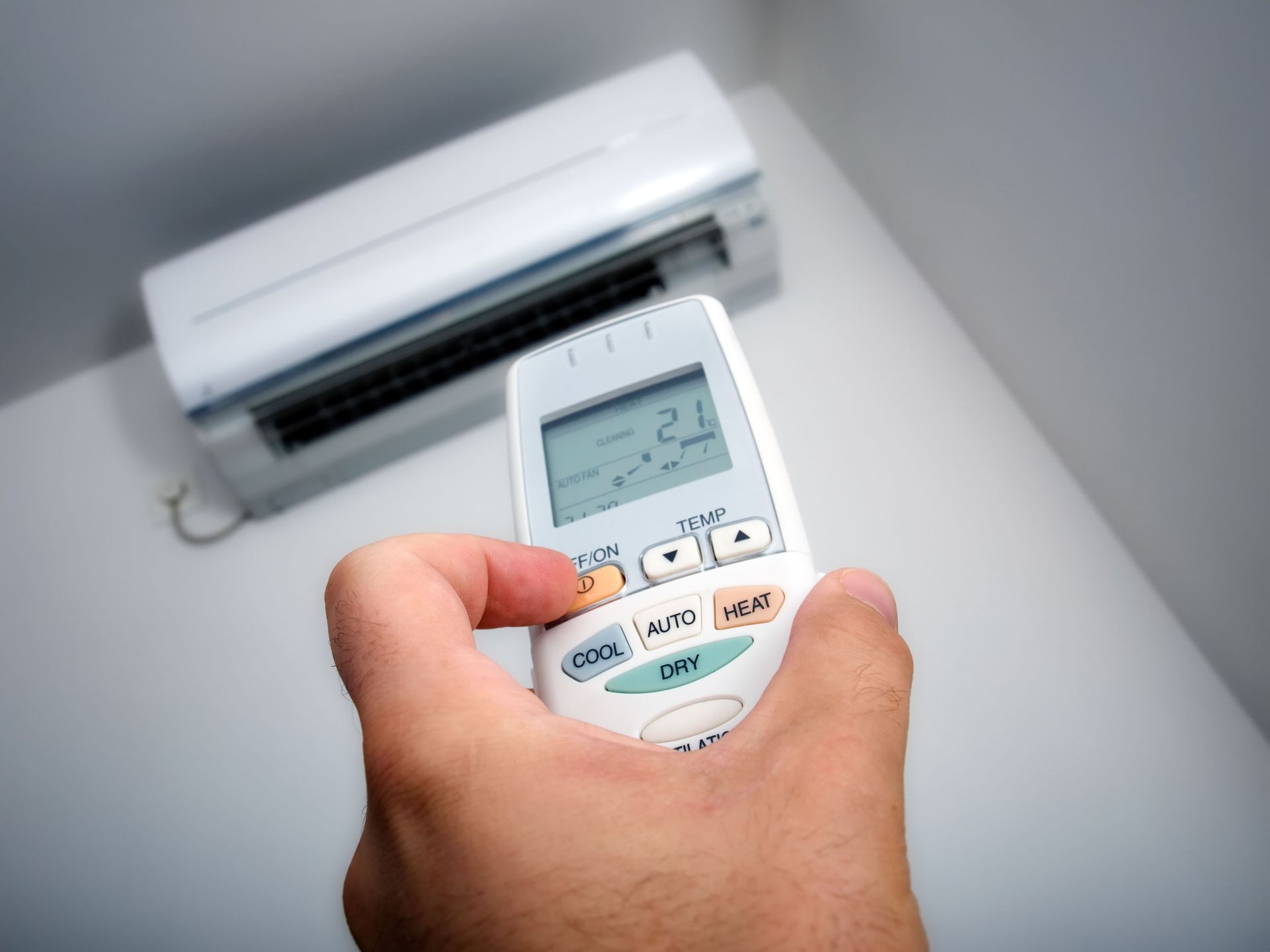
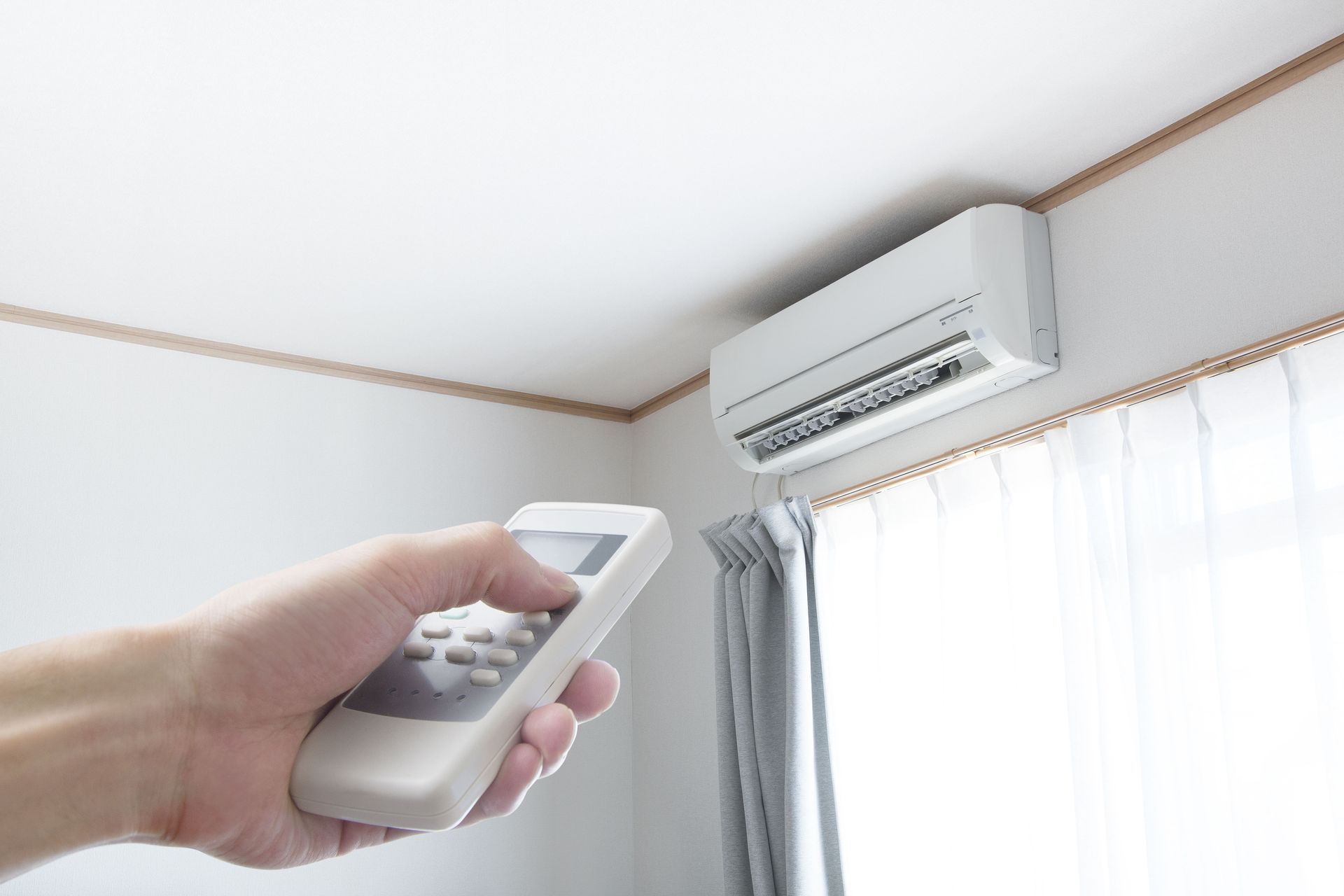

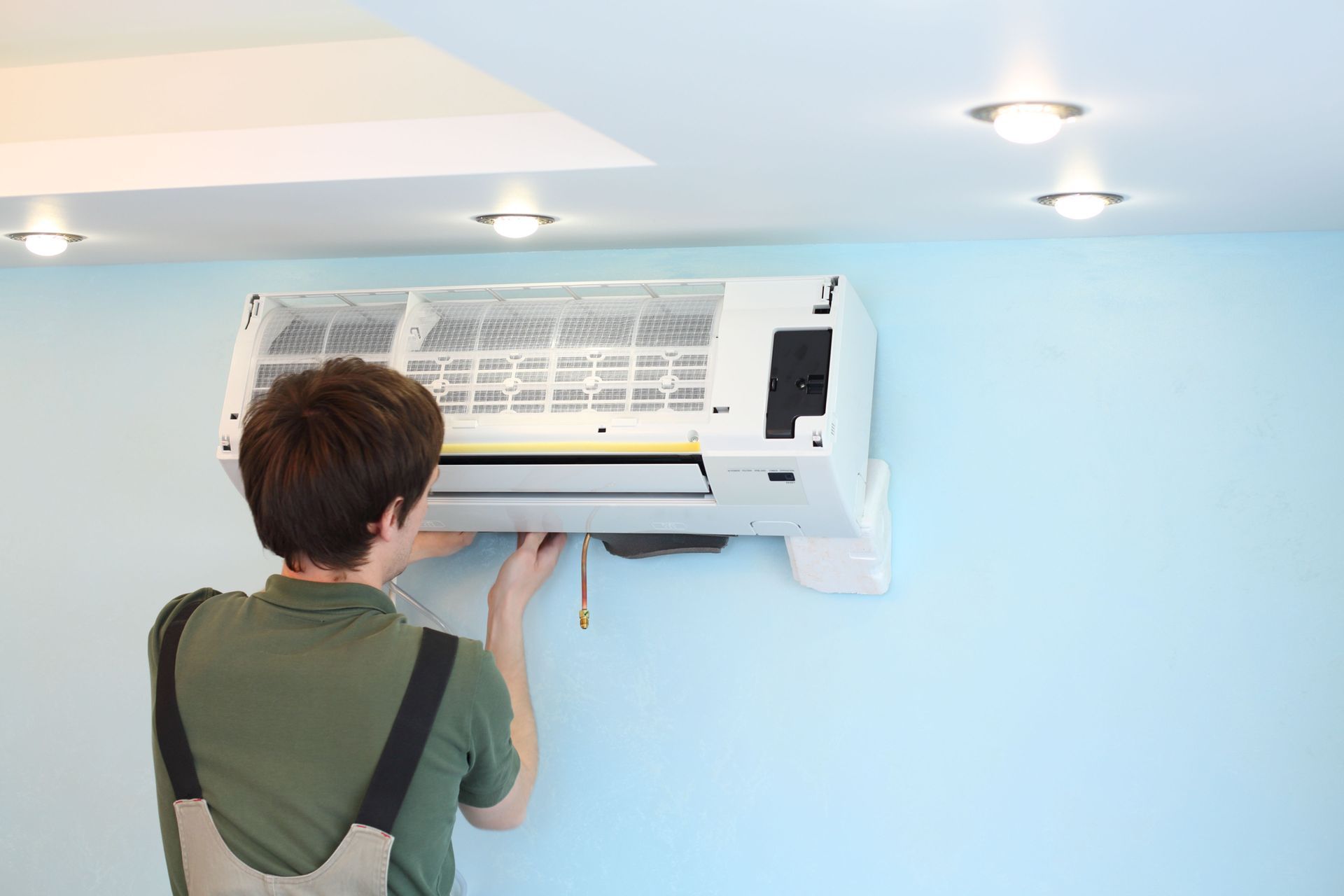
Share On: